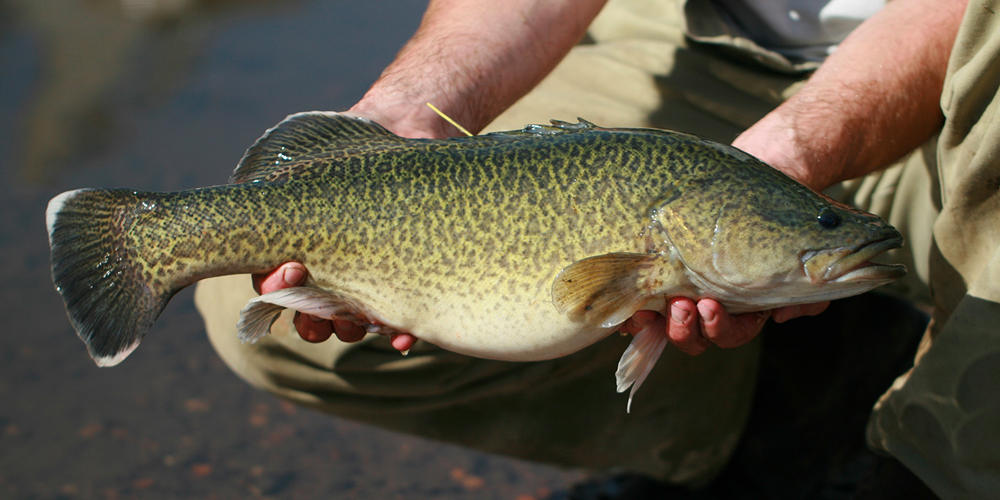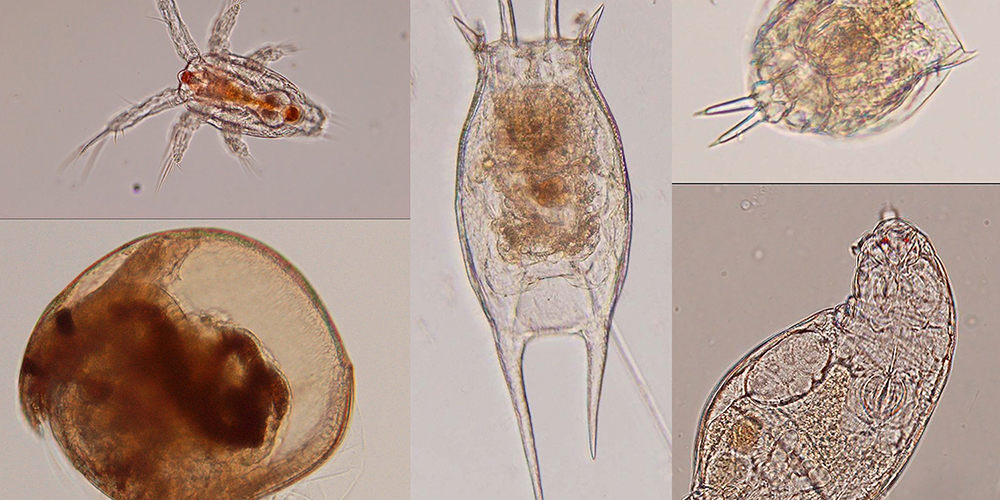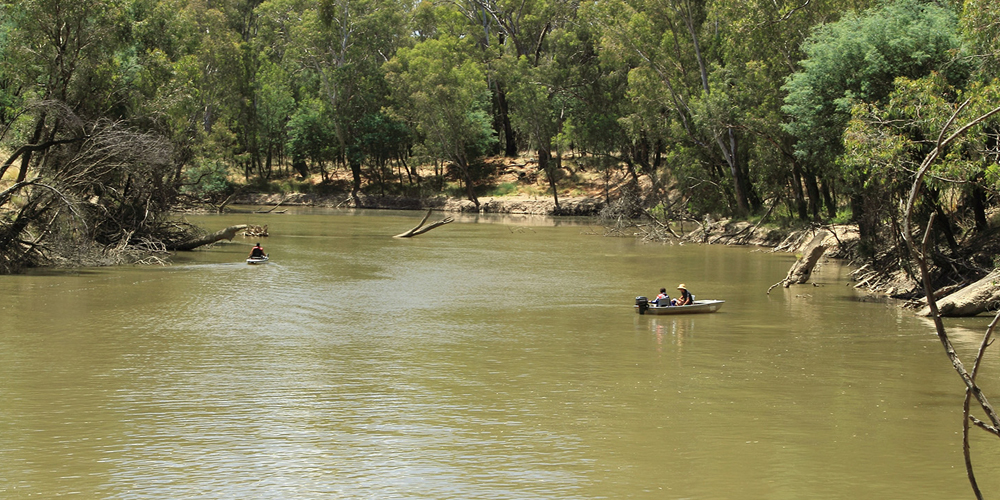
Theme Coordinator: Amina Price
The distribution and abundance of native fish species within the Murray-Darling Basin (MDB) is thought to have declined significantly in the last 50–100 years. As such, restoring native fish populations have become a key goal of a several MDB basin-wide environment restoration programs, including The Basin Plan.
The Basin-wide Environmental Watering Strategy lists improvements in distribution, abundances, population structure and movement as expected outcomes for fish (MDBC 2003). However, to appropriately design environmental watering programs to benefit native fish, links between key watering parameters or levers (such as the timing of water delivery, appropriate places to water) and potential fish responses need to be clearly understood. This requires detailed knowledge of the processes that maintain MDB fish populations, the key drivers of these and their interaction with flows. Improving this knowledge gap was the focus of the Fish Theme in the EWKR program, with research addressing:
- how processes and drivers are influenced by flow
- how this varies based on underlying species traits
- and the spatio-temporal variability in these relationships
Key outcomes:
For additional notes on each key outcome, please refer to the respective section numbers within the full report (provided further below).
- Fish recruitment responses vary because of differences in food, habitat and the requirement and capacity for movement or retention of young fish. These are largely governed by differences among life-history strategies and vary among species (Section 2.3).
- The spatial scale at which fish population dynamics occur varies from small (e.g. patch to site) to very large (catchment to Basin) and varies among species. For example, population dynamics of Murray cod operate at scales of 10s–100s kms, while Golden perch population dynamics operate at larger spatial scales again, 100s1000s kms (Section 2.9).
- Environmental water management that aims to promote Golden perch population growth should consider the large spatial scale in which it operates, and the need for hydrological and physical connectivity for all life stages. Water management outcomes for this species should also be viewed at this scale.
- Hydrological and hydraulic diversity and connectivity at reach to basin scales are critical for maintaining populations at large spatial scales (Section 2.9).
- Smaller scale (patch, site, reach, river segment) processes such as food and larval retention, larval dispersal and temperature regimes create appropriate conditions for growth and survival of individuals and contribute to the diversity of features at nested larger scales.
- Maintaining a diversity of hydraulic, structural and geomorphic conditions in river reaches will allow fish larvae to either be retained in, or to move through reaches depending on their suitability.
- At patch scales, the survival and growth of larvae is strongly related to the interaction between food density and temperature (Section 2.4), with (in general) more food being required to sustain larvae with higher water temperatures.
- Managing the timing of flows to maximise optimal temperatures for early-life stages), are likely to strongly impact on recruitment success. Implications of cold-water pollution on early life stages should also be more strongly considered.
- Food densities for fish early life-stages is related to water retention time. Within the main channel of rivers, flow interacts with the structural and geomorphic complexity within a reach to influence water retention time (Section 2.5 and 2.6). Anabranch habitats were also found to contain high density larval food (zooplankton).
- Access to high food densities may also be managed by providing connectivity to, and from, inundated anabranches and floodplain wetlands, and in the main channel increasing physical complexity of a reach or altering flows to increase retentiveness.
- Downstream drift of early-life stages is not completely passive, even for poor swimming species. Flow retention and discharge influence the dispersal and/or retention of larvae through a reach such that more larvae can be retained in hydraulically, structurally and geomorphically complex reaches (2.8).
- During dry or drought conditions, refuges play a critical role in sustaining populations. There is a need to appropriately manage these areas, using both flow and non-flow related measures, to provide resilience over the longer term (Section 2.5)
- A key outcome of the EWKR fish theme research is the importance of hydraulic diversity, and hydrological/physical connectivity; and the importance of incorporating these concepts into both flow and non-flow management interventions from patch to catchment scales for promoting successful fish recruitment.
- Fish recruitment success is related to many drivers, of which flow is only one. For example, physical and hydraulic complexity, food and temperature suitability and dispersal ability are other key drivers of recruitment for riverine fishes. These non-flow drivers, and their interaction with flow, need to be more fully considered in management interventions and future research.
To download the full report, click the button below.



